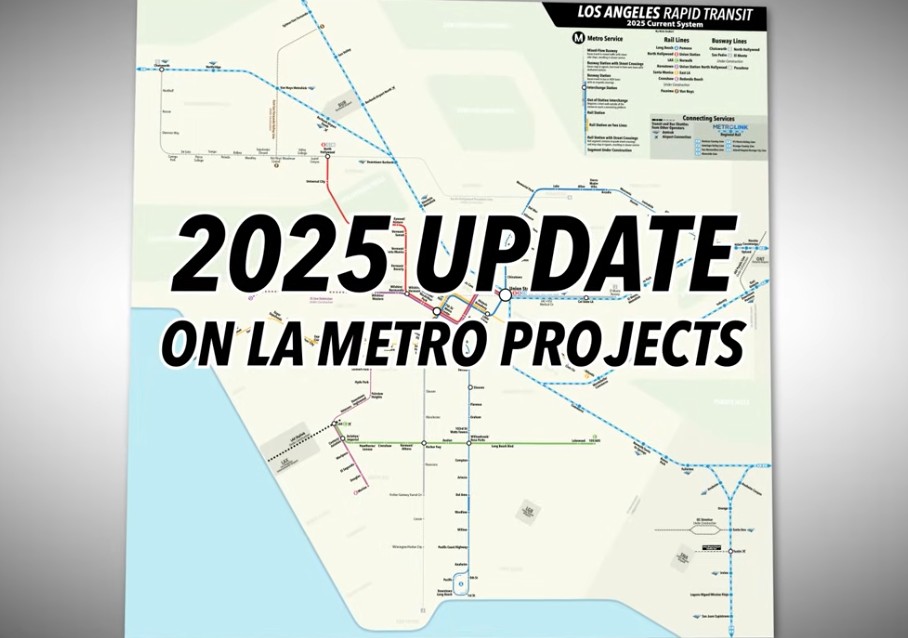Last week, President Obama announced that amid Congressional dysfunction around transportation funding, he was taking action to foster infrastructure investment and economic growth. The Build America Investment Initiative will provide technical assistance to communities looking for guidance on how to leverage private dollars to build public works. But the initiative doesn’t actually provide any dollars itself.
Here's the scoop.

What’s the idea? Public-private partnerships, or P3s, have become a hot trend in infrastructure investment, but they get talked about a lot more than they get done. The allure is clear: Private industry can help build needed infrastructure projects when the public money is inadequate, as it is now, with Congress refusing to increase investment. The U.S. hasn’t done a good job providing a platform for the private sector to get involved, and Obama is trying to focus some federal resources on changing that.
Is it actually helpful? P3s are a way to finance infrastructure projects, but they’re no substitute for public funding. So this initiative doesn't really speak to ongoing efforts to backfill the Highway Trust Fund for a few more months and perhaps someday even pass a long-term bill with a sustainable funding source. This is a solution to a whole different problem. That said, Robert Puentes of the Brookings Institution says without reservation that the White House’s initiative does serve an important purpose. “There is a real problem of lack of expertise on the public side to begin to negotiate these kinds of deals, to explore what it means to engage in public-private partnerships,” he told Streetsblog. The local and state officials being tasked with figuring out P3s, as a way to try to make up for the lack of federal funding, aren’t necessarily schooled in the finer points of contractual arrangements or up to date with the latest new ways of sharing risks and rewards. A go-to place for guidance at the federal level could be a big help.
Is this “investment initiative” an infrastructure bank? I got confused myself last week when Michael Likosky, who’s written a book encouraging Obama to create an infrastructure bank, sent an email declaring, “Obama Creates Infrastructure Bank by Executive Order” and generally patting himself on the back for it. But no, Obama’s “one-stop shop” for P3s is in no way an infrastructure bank. It doesn't have any money of its own and it's not processing loans.
Is this initiative just going to help build more toll roads? It shouldn’t. Sustainable transportation modes can make great candidates for P3s. Passenger rail advocates have long looked to the private sector to help build new high-speed lines. Bike-share and car-share systems are public-private innovations. There are lots of great projects that could get built if communities use the new Build America Transportation Investment Center to find partners to help them meet their transportation goals.
Is Obama just trying to look like he’s doing something? Undoubtedly there’s a lot of political posturing going on here. Obama is trotting out his “I won’t wait for Congress” line and creating this new initiative by executive order, when in fact he has been distinctly unhelpful in the whole transportation funding question. By unequivocally rejecting both a gas tax and a miles-driven fee, Obama has shut the door on the two most viable avenues for raising revenues. In recent months, some have read White House officials’ remarks as indicating a slight softening of the anti-gas tax rhetoric, but it’s still a far cry from support.
Is this just more government bureaucracy? More bureaucrats, maybe, but not more bureaucracy. It doesn’t add red tape, it’s just a place that officials can go -- if they want -- for guidance. For better or for worse, it doesn’t create any new programs. Puentes said it’s been “mis-framed as a big federal initiative” when really it’s just “flipped the pyramid -- the federal government is not going to be on top raining P3 projects down all over the place.” The administration recognizes that the innovation at the local level and the capital in the private sector are having trouble finding each other, and it’s just trying to help bridge that gap.






